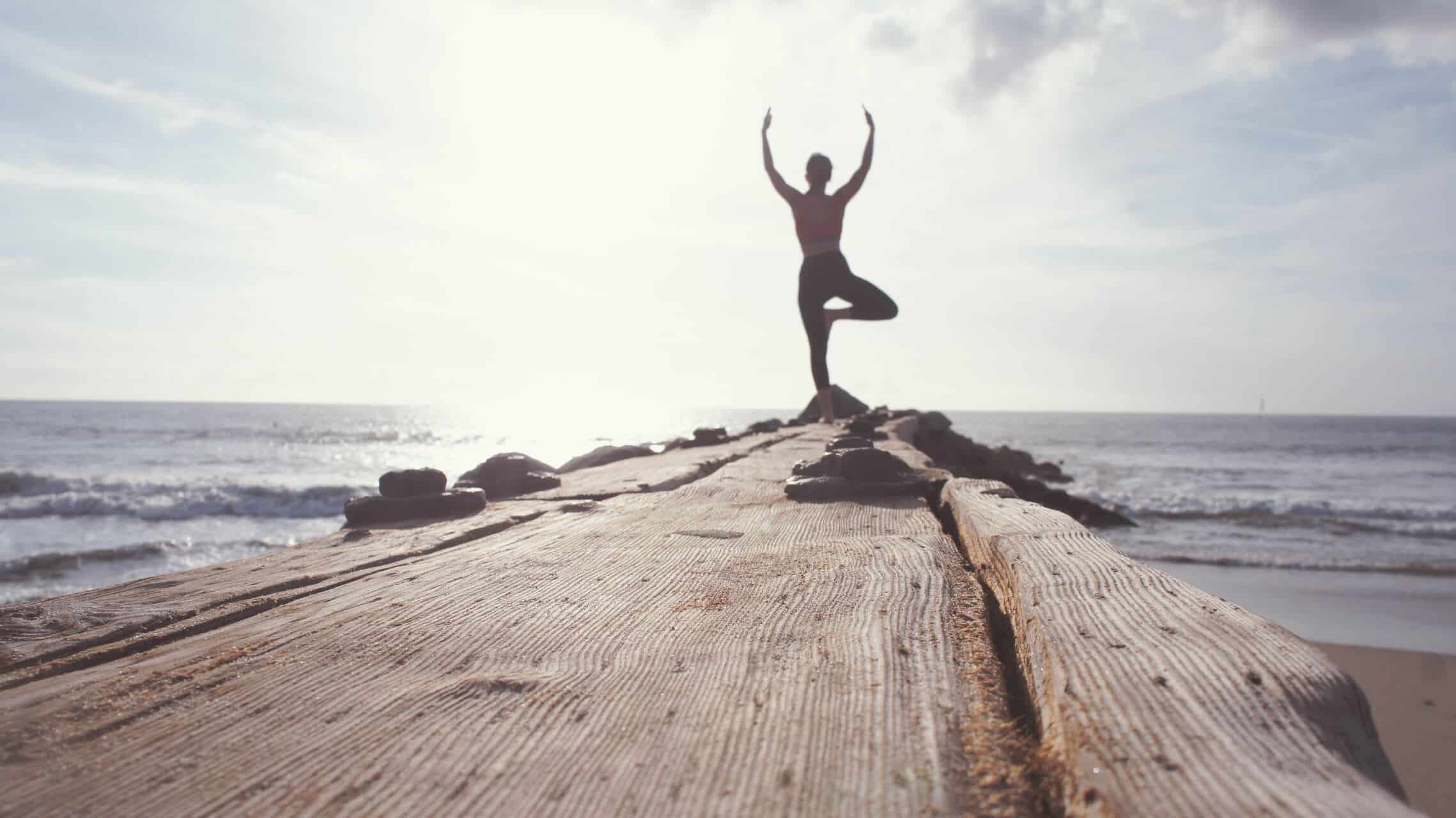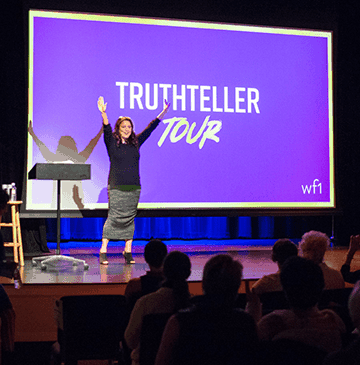
The Role of Yoga in the Healing Process
Yoga has been used as a healing tool since its creation thousands of years ago. It’s a health tool for the whole body—physical, mental, emotional, and spiritual. It has been shown to help with addiction, eating disorders, recovery from surgery or physical trauma, and finding peace in the grieving process.However, there’s not a single yoga class or instructor that every yoga student in the world will love. You can’t even get close. As yogis, we seek out classes and teachers that give us what we want and need, including healing. If you’re looking to become a better yoga teacher, a better student, or to just get more out of your practice, ask yourself how you want to feel in a yoga class. Not what you want to look like, not how many calories you want to burn, or if this is the class that will finally let you nail that impressive-looking pose for Insta-likes.
Everyone’s different, but here’s how I, as a yoga teacher, want to feel in class—and how I direct my students:
I want to feel strong. Yoga, when practiced regularly with other forms of fitness, will definitely make you stronger. However, I want to feel that strength in class. If you’re in a class that never challenges you or offers modifications, or one that makes you feel like everyone else is flawless while you’re stumbling along, that’s not the right fit for you. I choose poses and series, as well as a myriad of modifications so that every single student will feel strong. They’re challenged, yet successful.
I want to feel powerful. Powerful and strong are closely related, but not identical. Throughout the class, you should feel in charge. In charge of your practice, your body, your mind, and your environment. Power shouldn’t be a constant feeling in yoga, but it should definitely be there and is critical in healing.
I want to feel wobbly. Again, not all the time! I also want to feel comfortable and encouraged to wobble. When I tell my students, “Wobbly is good!” I often get a “thank goodness!” in return.
I want to laugh. Seriously—why is yoga so serious at times? The majority of my classes are instructed, and I lead students through a series of poses and flows. I model the poses a lot because many students are beginners and unfamiliar with the terms. Plus, some are visual learners, some prefer getting explicit descriptions, and some need a mix of both. For a few minutes in every class, we have directed play time. Today’s was practicing getting up and down from the floor any which way we could without using our hands. People stumbled, came up with crazy options, and everyone laughed at themselves. Let’s bring some joy and silliness back into our practice. Laughing is a serious medicine that heals like no other.
I want to feel like I achieved something. Nobody wants to do anything for an hour or more and feel like they just kept failing. Nobody can master yoga, but all of us can get better with each practice. It’s even better when we can pinpoint an exact moment in a yoga class where we achieved a goal, no matter how big or small. Pointing our achievement milestone examples at all levels helps students realize just how amazing they are. Achievement can heal many mental, emotional, and even physical ailments.
These are just a few examples of the feelings I chase in each practice and what I want to give my students. How do you want to feel? What do you want to heal?











0 comments to "The Role of Yoga in the Healing Process"